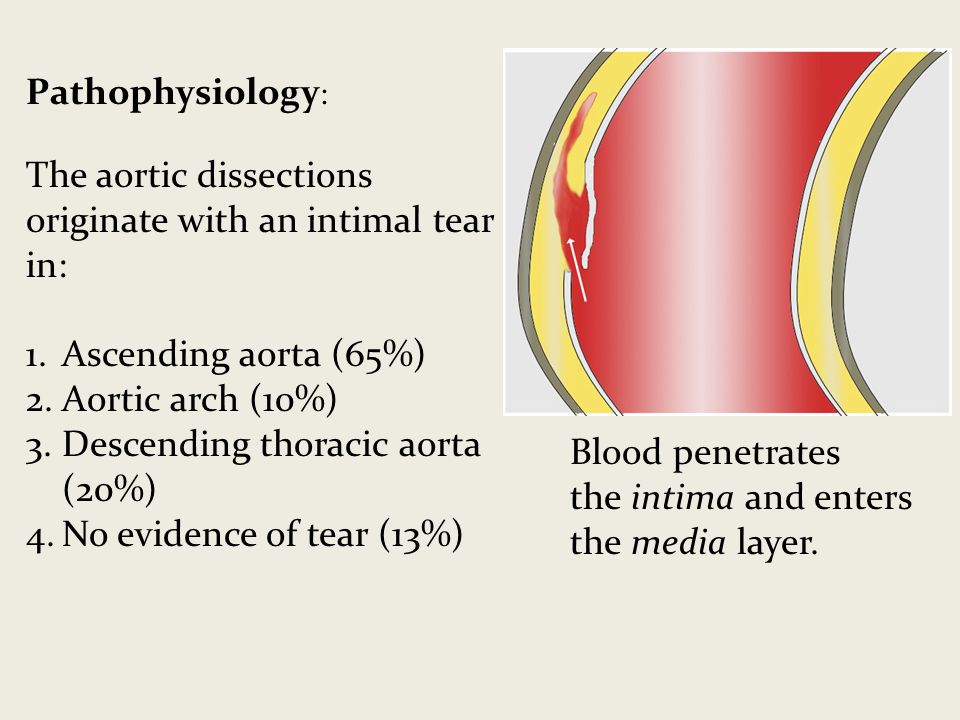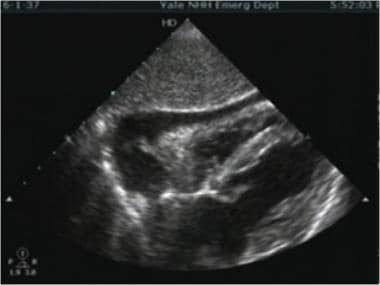LOCAL ANESTHETIC TOXICITY, as available in our ED (4% cocaine and street cocaine will be addressed in a different post; tetracaine omitted). There are definitely more “caines”, but I want to address the “caines” that we use on a daily basis.
Toxic doses by drug (there are other “caines”, but these are most commonly used in our ED):
Lidocaine 1%: 4.5 mg/kg, max off-the-cuff dose is 300 mg. 1 vial is 50 mL and 500 mg, so try not to give a full vial, please.
Lidocaine 1% w/ epi: 7 mg/kg. Max dose is 500 mg or 50 mL.
Lidocaine 2% Viscous: special note that in children, as little as 5 mL can cause seizure
#paindosing Lidocaine IV dosing is 1.5 mg/kg, with a max of 200 mg, please note this is significantly below toxic dosing for local infiltration. The literature suggests 800 mg is the lower end of IV toxic dosing in adults.
Benzocaine 20% (aka hurricane spray), indicated doses are two 1 second sprays into the oropharynx (methemoglobinemia has been induced with these indicated doseages).
Bupivacaine 0.25%: 2 mg/kg, max total dose is 175 mg, or 70 mL.
Bupivacaine 0.25% w/ epi is 3 mg/kg, max total dose is 225 mg or 90 mL.
Mechanism of toxicity:
Na+ channel blockade, causing cardiac and central nervous system effects.
Methemoglobinemia is a risk for both ester and amide anesthetics, but it is more commonly associated with benzocaine and lidocaine.
Clinical effects of toxicity:
***first effects classically involve peri-oral paresthesias
Hypotension
Motor Paralysis
QRS prolongation
Tachydysrhythmia
Bradycardia -> asystole
Respiratory paralysis
Seizures
Prilocaine and Benzocaine are associated with methemoglobinemia (neither of which are used in our ED, but may be encountered OTC), so get a cooximetry.
Treatment of local anesthetic toxicity:
*Hypotension: give fluids, pressors, avoid calcium channel blockers, avoid beta blockers, avoid lidocaine.
**If systemic effects with cardiac involvement: give Intralipid 20%: This is available in room 22 (nerve block cart) and Resus 4; Dosing is 1.5 mL/kg as an IV bolus; Then make a drip of 0.25 mL/kg/min. (max 10 mL/kg/min)
***Treat seizures with Benzodiazepenes.
****If you cause methemoglobinemia, give methylene blue 1 mg/kg over 30 minutes with a repeat dose if MetHGb is >30% after 1 hour, or symptoms persist (eg, end organ damage), BUT PLEASE DRAW LABS PRIOR TO ADMINISTRATION because the dye may affect future laboratory tests that depend on photometric assay.
#intralipidspecialnote: if QRS acutely widens to greater than 120 ms, this is an indication of impending clinical decompensation and intralipid should be administered.
Final Side Note:
If a patient is allergic to any of the “caines” (cocaine included), you can always put together a 1% diphenhydramine solution, which has been shown to be non-inferior to lidocaine when infiltrated locally for anesthetic purposes. One caveat is that the time to onset of anesthesia is slightly longer.
Final, final aside: how to make 1% diphenhydramine solution
1 Get 50 mg vial of diphenhydramine, which comes in a 1 mL at our shop.
2 Get 4 mL NS in a sterile syringe, put 1 mL of 50 mg /mL and draw diphenhydramine solution into the syringe.
3 This will bring your total solution volume to 5 mL.
4 Thats 50 mg in 5 mL, or 10 mg/mL
5 Remember 1 mL weighs 1 gram, or 1000 mg.
6 Therefore 10 mg diphenhydramine to 1000 mg NS, which is a 1% solution.
7 Keep in mind some of this will eventually redistribute to the vascular compartment and eventually other tissues (eg CNS), so I would not dose more than 50 mg total for an adult-sized human.









